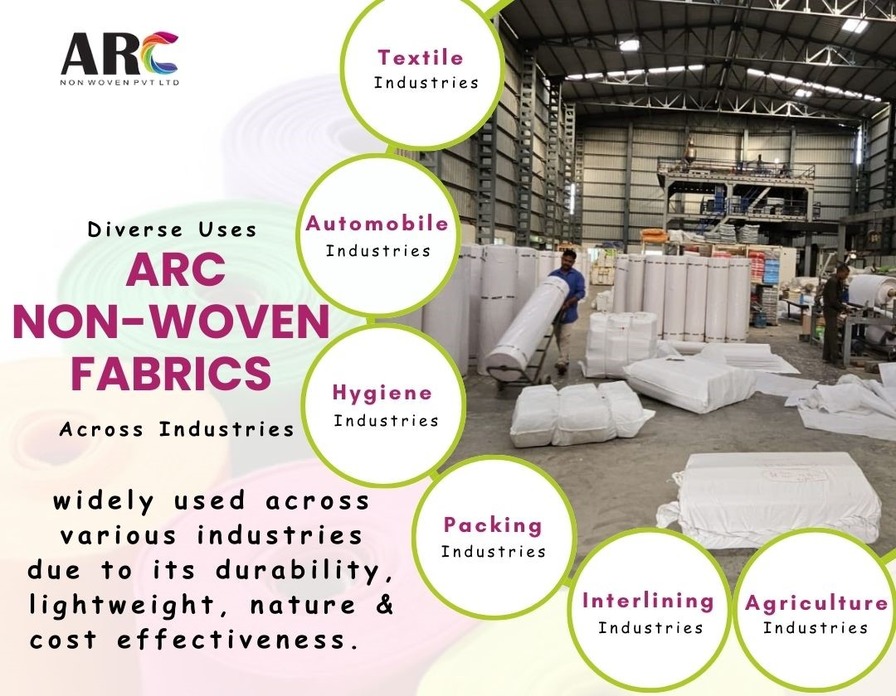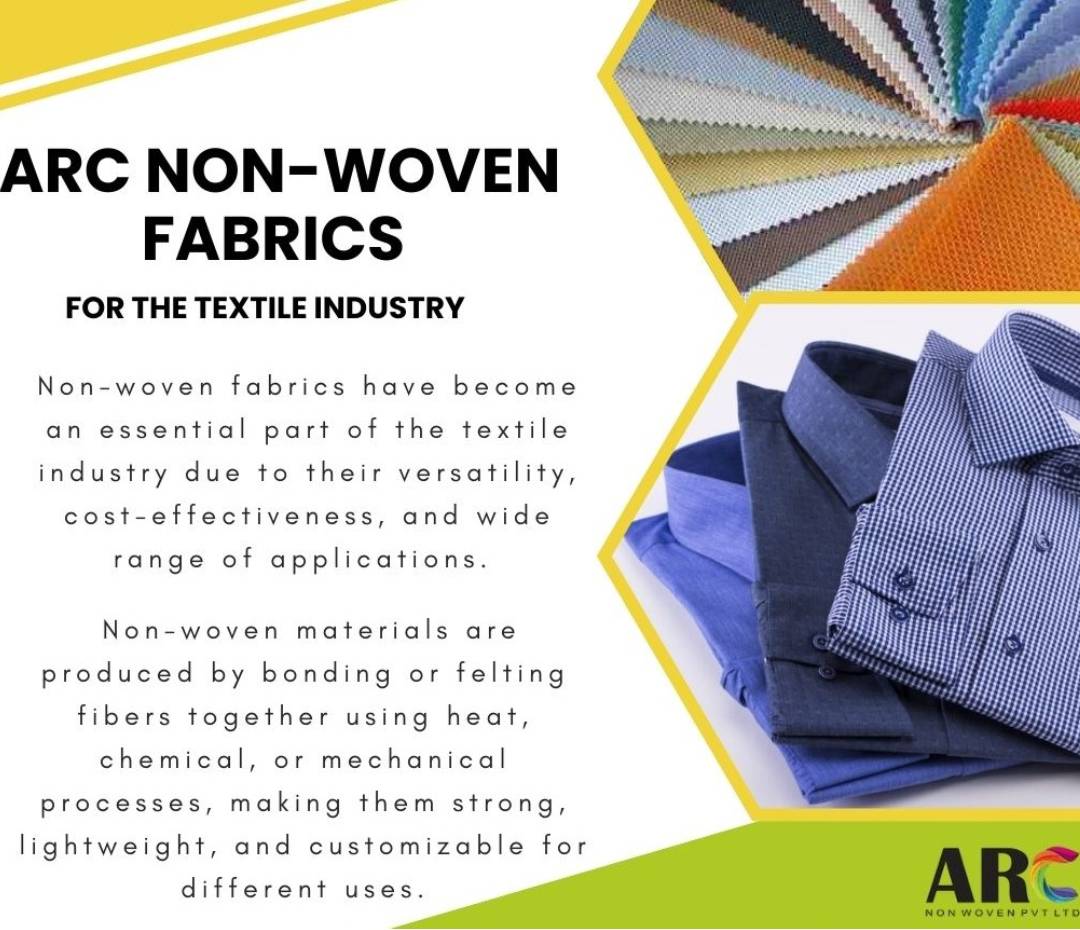Innovations with ARC Nonwoven Fabric in Multiple Sectors
Explore the various implementations of ARC Nonwoven Fabric across different sectors. Learn how these innovations are revolutionizing industry norms.
Read More
Embroidery is becoming more popular in fashion, home decor, and personal accessories. People love the detailed designs and bold patterns it offers. But blending beauty with safety is vital, especially for items used by children, healthcare products, and work gear. This guide will show you how to choose the right materials, follow safe design rules, and apply embroidery techniques that keep things both attractive and secure.
Embroidery turns plain fabric into eye-catching pieces. Retailers and sellers use it to give products a unique look. Custom embroidery can show a brand’s identity or add a special touch to clothing, bags, or home textiles. This art form is more than just decoration; it’s a way to make every item more appealing.
While embroidery makes items look better, it can also pose risks. Loose threads or sharp edges can cause injuries. Small parts like beads and sequins might become choking hazards. Allergic reactions can happen if certain dyes or fabric aren’t safe. It’s crucial to think about safety during design and production.
Organizations like OSHA, ASTM, and CPSIA set safety rules for embroidered products. Many reports show injuries linked to loose threads or sharp embellishments. Following safety standards helps prevent accidents and ensures your products are safe for everyone. Compliance also boosts customer trust and brand reputation.
Pick fabric that are safe for everyone. Cotton, organic textiles, and hypoallergenic blends are top choices. Natural threads like cotton or silk are less likely to cause allergies. Synthetic threads are durable but check for non-toxic manufacturing to avoid harmful chemicals. Short story: choose materials that look good and keep users safe.
Use dyes labeled non-toxic and fade-resistant—especially on children’s clothes or medical textiles. These dyes prevent skin irritation and last longer. Always check for certifications such as OEKO-TEX Standard 100, which guarantees products are safe for sensitive skin and the environment.
Stabilizers keep fabric sturdy during embroidery. For sensitive skin, opt for non-irritating options like water-soluble stabilizers. Purchase high-quality needles and hoops to avoid accidents and ensure smooth stitching. Quality tools also help prevent flaws that might compromise safety.
Create designs that pop but are safe. Avoid sharp edges that can poke or scratch. Keep loose threads trimmed and secure. Use bright colors and attractive patterns to catch the eye without sacrificing safety. When designing, think about how to make it beautiful yet safe for daily use.
Size matters. Small or delicate motifs might be dangerous for young children. Place embroidery in spots where it won’t cause discomfort or injury. For example, avoid sharp corners near the face or joints. Well-planned placement helps keep the item safe and visually appealing.
Be cautious with decorations. Use non-sharp beads and sequins that won’t hurt if touched. Attach embellishments firmly, so they don’t fall off easily. Double stitches and strong adhesives can keep accessories in place, reducing the risk of choking or injury.
Hand embroidery is slower but offers more control over safety details. Machine embroidery is faster and precise, making it perfect for bulk production. Both methods can be safe if the right precautions are taken—like inspecting finished work carefully.
Use flat stitches to prevent snagging and irritation. Reinforce seams and decorative elements for durability. Strong stitches resist tearing or loosening, which could pose safety risks. Choosing the right technique means less worry about flaws or accidents down the line.
Always check finished products for loose threads or protruding parts. Test items for durability and safety compliance. Routine inspections can catch problems before they reach customers. It's a small step that can prevent big safety issues.
Many brands now focus on safety alongside aesthetics. For example, kids’ clothing with embroidered patches that are smooth, with no loose threads, shows how safety and looks can go hand in hand. Healthcare textiles with hypoallergenic threads prevent allergic reactions. Some companies have faced recalls due to loose embellishments—lessons that emphasize quality checks and strict standards.
Merging aesthetics with safety in embroidery isn’t hard if you follow the right steps. Use responsible materials, think carefully about design and placement, and follow safety standards. When you do, you create beautiful products that people love and trust. Whether for fashion, home decor, or safety gear, your attention to detail makes all the difference. Start applying these tips today and craft embroidery that’s both stunning and safe for everyone.

Explore the various implementations of ARC Nonwoven Fabric across different sectors. Learn how these innovations are revolutionizing industry norms.
Read More
Discover how Arc Non-Woven Fabric are revolutionizing the textile manufacturing industry. Dive deep into the role it plays in the modern textile world.
Read More© Copyright 2020-2025 All Rights Reserved By ARC Non Woven Pvt. Ltd.